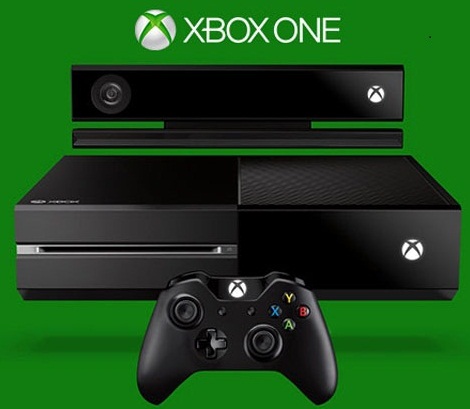

2013/07/18 Microsoft's New Xbox One Aims to Control Everything
.jpg)
Microsoft's New Xbox One Aims to Control Everything
Executive Summary
Microsoft recently announced details of its upcoming next generation video game console, the Xbox One, which will come with many new features not found on the current Xbox 360 console. Chief among these features is a new UI overlay for cable and satellite services. No specific release date was given, but the console is almost certainly going to be shipping sometime before Thanksgiving in November. The new Xbox console will feature an HDMI pass-through feature that takes the signal from the set-top box, overlays voice and gesture controls, and presents a different visual interface separate from the set-top box. The new version of the Kinect sensor will handle the gesture-based commands as well as voice control and will be bundled with every new console.
MRG Analysis
.jpg)
Many people were disappointed that the new console lacked tighter integration with pay-TV services. The fact that it can only handle live television from the pay-TV provider, and is unable to also control the DVR featuresof the set-top box is a pretty glaring omission. The potential appeal for consumers in integrating pay-TV services with the Xbox One is that consumers would not have to switch inputs on the television and could use a common control schema for traditional pay-TV, streaming media, video calling, gaming, etc. Further agreements with the various pay-TV services could eventually enable control of the DVR, but for now the UI overlay is limited to live television only.
Gesture controls have been tried on various other consumer electronics devices, and notably are shipping with most new Samsung televisions. Gesture controls though are a poor substitute for a physical controller and are really more of a novelty than anything. The inherent problem with gesture controls is that arms get tired quickly when using the controls.
Voice controls are a different matter altogether. Voice controls can be extremely useful for augmenting physical controllers and remote controls, particularly when those controllers lack a QWERTY keyboard. Text input can go immensely faster with a good voice control system in place. One caveat, however, is that the Xbox One's particular implementation has the microphone located near the television in the Kinect device itself. The general rule of thumb is that the closer the microphone is to the audio source the better the voice recognition works.
In fact, most televisions that implement voice controls have the microphone in the remote control. We'll have to wait until we get hands on time with the new Xbox One to see if Microsoft has alleviated that common problem.

All of these features though, will do little to help the console itself. While millions, of course, will be sold, the Xbox One will not be able to match the sales numbers of its forerunner, the Xbox 360. Increased competition to both the core (gaming) and ancillary features of the Xbox One can already be found in televisions. Features such as streaming media capabilities, casual video games, and video calling may take away at least some of the appeal of these new consoles from consumers who are not classified as “hardcore” gamers. The fact that the pay-TV integration is, at best, incomplete due to the lack of DVR integration undercuts what was supposed to be a key selling feature. Moreover, video game consoles as a category face intense competition from tablet and smartphone-based gaming, particularly because of the increasing graphics improvements to these devices. The ability to easily connect a Bluetooth video game controller and simultaneously display the tablet/smartphone screen on a big screen television via either wireless or wired means is another important advantage as well. The paradigm where the video game console dominates living room gaming on the big screen is being challenged by the ever-increasing capabilities of mobile devices. We’ll have to see if the Xbox One and other video game consoles can meet the challenge by gaining more features themselves.







